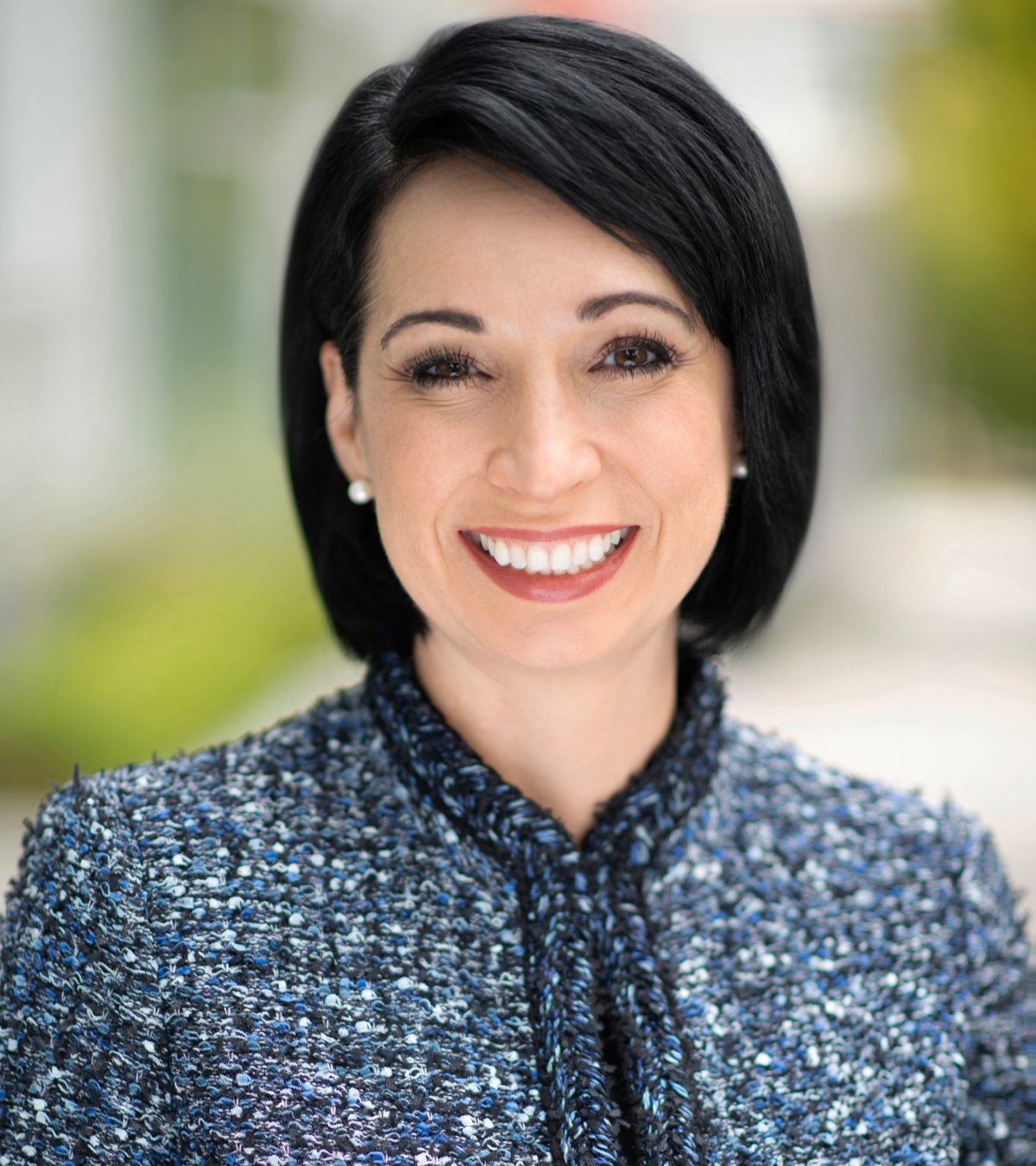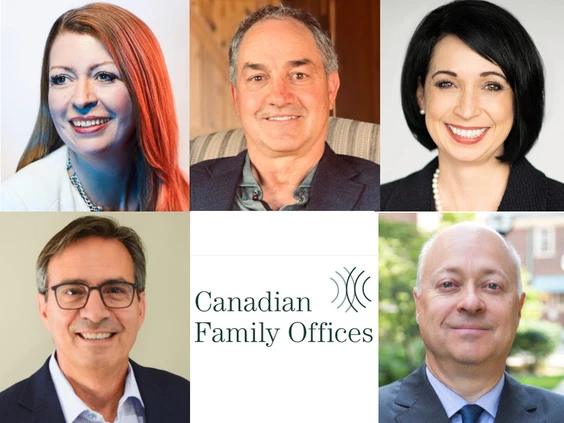Originally published on Canadian Family Offices on June 26, 2023
Article written by Kira Vermond on Canadian Family Offices.
Three experts tell what it would take to ‘fire’ a client – and why effective onboarding can mean never having to say goodbye
Farewell. So long. Hasta la vista. When it comes to firing a client, there are as many ways to wind down a relationship as there are words for “goodbye.”
Yet, for a profession that prides itself on superb customer service and building close, confidential and long-term relationships with families, cutting professional ties is a delicate topic. Didn’t it take months or even years to build trust? Seen in that context, shedding even a bad-fitting client can seem counterintuitive.
But not all clients are created equal – some take so much time, energy and resources from your team that they degrade the overall level of service. Or they come to meetings so unprepared and unwilling to share or listen that you feel trapped on a treadmill that never leads to meeting a single goal.
Here, three family office experts explain what would lead them to part ways with a client, what prevents them from taking a family on, and the secret to ensuring you never have to make a difficult decision down the line.

Victor Godinho, managing partner, wealth advisor and principal broker, Kismet Wealth Group Corp., Toronto
“This is a great question. In our industry, it’s rare to talk about it because most people are either scouring for clients and/or trying not to lose any revenue streams.
“It’s funny to say, but if the client is only really there for the money then that’s a deal breaker. These are all relatively successful, driven, very smart people. They don’t really need somebody to teach them how to make money. They already figured that out. They really need somebody to be there for them as a sounding board and external advisor who’s not living in their day-to-day, to either reassure them or tell them when something is definitely not going to work.
“An advisor’s real value is to be there to help you, guide you, answer questions, sound-board information, do research, and plug the holes clients don’t see because they’re living in the tornado.
“Generating returns and providing value from an investment standpoint is obviously part of the piece, but it’s not the only piece. And we stress that very heavily. When we do our annual review, we try to capture the value we’ve provided to the client.
“We dive deeper by going through a questionnaire to gauge their stress levels, comfort around their wealth, understanding and education we’ve helped build over the year. We look at how confident and happy they feel – certain things that are not generally measured.
“If there’s family conflict to the point that I do not see it being resolved, I will remove myself from that engagement.”
Carolyn Cole
“Did you feel more confident because we spent an extra hour talking about this tax structure? Can you sleep at night now that we’ve structured things so you’re no longer exposed to litigation? We are there to remind them, ‘Hey, remember when we onboarded and we talked about the five-year, 10-year plan? Do you feel like this fits in that mould? Do you think this would add more risk?’
“Just having those conversations allows clients to find their way back to their guiding principles.
“Again, this is just a long way to say if money is the primary objective, then we usually don’t work with that family.”

Carolyn Cole, founder and chief executive officer, Cole & Associates, Toronto and Vancouver
“I always start my engagement giving clients permission to move on. I check my ego at the door and say, ‘If there comes a time where I’m not the one, we’re going to have that conversation.’ I recognize that their needs may grow and evolve past my skills. I leave that door open.
“I’m also very specific about scope-of-work. For instance, if the clients had hired me to build out an institutional family-office due diligence team and then they decided to just go into public markets instead, that can change things for us. So it’s really about when circumstances change.
“The other big thing? If there’s family conflict to the point that I do not see it being resolved, I will remove myself from that engagement. Two brothers stop speaking to each other. One threatens the other one. One blackmails the other. I’m out. End of engagement.
“It’s not about being pulled into the drama. It’s that it’s not professional. It’s not my scope-of-work. It’s not my skillset. I am not a conflict-resolution manager. If personalities or family conflict interfere with what I have been hired to accomplish, then I will remove myself from that.
“Many advisors to families want to be involved with the family for long periods of time. They want to stay involved regardless. I do not. My role is to provide specific expertise over a 12- to 24-month time period and then go help the next family.
“Most of what leads to parting of ways is misalignment and unclear communication when discussing mandate and scope-of-work at the outset. If there’s clear communication around ‘here’s what I will do, here’s what I do not do,’ people are generally comfortable when you say, ‘That’s not part of my scope-of-work.’”

Patrick O’Connor, chief executive officer, Blackwood Family Enterprise Services, Winnipeg
“I think you can avoid a lot of trouble by having a really strong onboarding process with families. It all starts there. Everybody knows exactly what to expect, what the fees are, and the confidentiality. If you spell it all out in advance, then when something does come up that’s against the contracting agreement, you have the process to exit the relationship.
“I can’t recall a scenario where I’ve ever had to fire a family, because we get a feel for the family in the onboarding process and the chemistry meetings. Is there good integrity here? Do we share the same high-level values? I have four daughters and I think that helps in some cases. If there’s a family of strong women and they have an advisor who doesn’t really get that dynamic, then that’s not a good fit. But I’m used to talking with young women.




